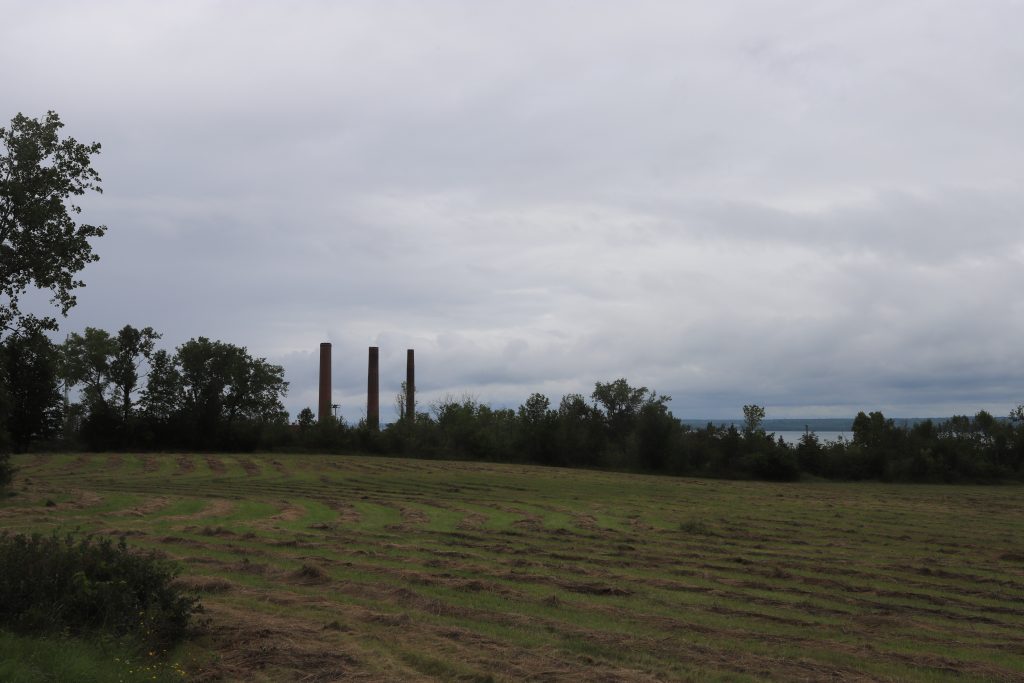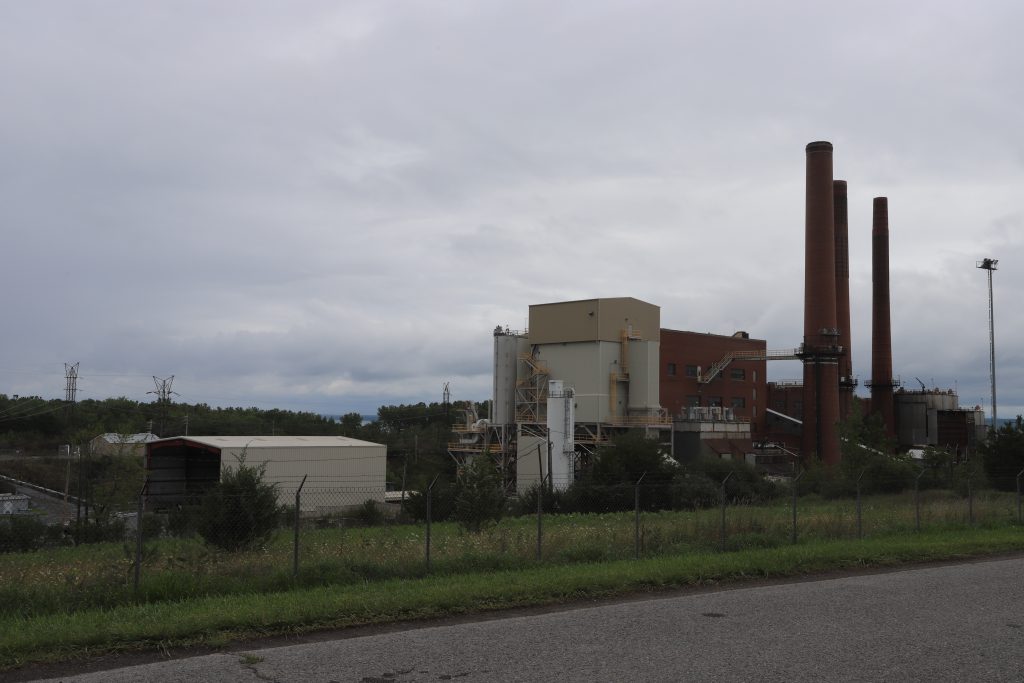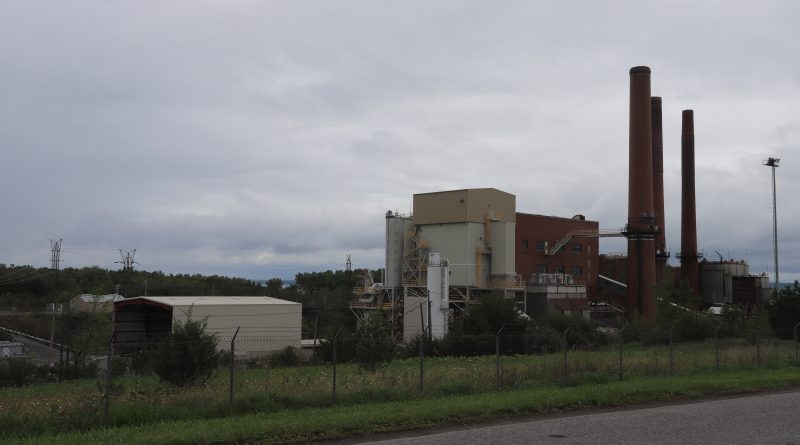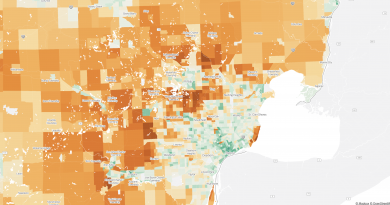In Irrational Markets, Bitcoin Mining Uses– And Abuses- Local Power
The inspiration for this story comes from Ashley Rattner, one of my favorite Twitter follows for quotidian snark and a professor of American literature at Tusculum University in Tennessee. She mentioned this news article about a Bitcoin mine that a municipality in Tennessee is trying to shut down owing to what they say is an untenable amount of noise coming from the property– and some disingenuous representations the operator used to secure approval for the project. This kind of thing is a growing problem in communities trying to balance economic development interests with, well, the general responsibilities of governments. Or something.

Maladaptive Reuse
The Tennessee example seems to involve a kind of bait-and-switch in which the mine developer seems to have said, hey, let’s develop a utility thing here, only to then develop it into a bitcoin mine. But county commissioners said they thought it would be “a solar farm or something.” Local municipalities, whether cities or counties, have pretty broad authority to regulate zoning, which can restrict activities like Bitcoin mining at massive scale. There are clever ways to do this without running afoul of that pesky Fifth Amendment takings clause, of course– Urban Planning Law 101, etc. Noise pollution is an easy target. So are regulating specific energy-intensive uses, or uses for industrial or pseudo-industrial purposes.
One facility in upstate New York has faced challenges similar to the BrightRidge project in Tennessee, becoming a flashpoint for the debate over both crypto regulation and the collision of cryptocurrency and the climate crisis (which crypto is directly exacerbating). In economic development terms, restoring an abandoned property into productivity should be a win in many cases, especially in the case of something like a coal power plant, which is ginormous and dirty. There aren’t that many people who want to, you know, live in a loft apartment that was once full of arsenic and mercury and radioisotopes and asbestos, or whatever. (I mean, hell. I would. Like. Imagine meeting someone at the bar and being like, “That’s right, baby, I live in a loft apartment inside a historic, Graham, Anderson, Probst & White-designed power plant, nbd.” Look, I’m sure someone would be into it. But I digress).

“An elusive holy grail to unimaginative economic developers”
Anyway, it’s really expensive to demolish these things, so the idea of reusing them is sort of an elusive holy grail to unimaginative economic developers who usually just figure out some state brownfield grant to demolish them and turn them into a park, or whatever. Torrey, New York, the town in which Greenidge is located (in the village of Dresden– these East Coasterners and their confusing municipal hierarchies!) is the same population today that it was in 1860. The Finger Lakes region in general is somewhere been “middle class economies enjoying prosperity from a high percentage of tourism” and “rural communities struggling against the macro trends of urbanization/suburbanization.”
In the case of the Greenidge facility, though– that’s right, not Greenridge– it’s not exactly adaptive reuse, because it’s just a different form of fossil fuel combustion, as the power station was converted to burn fossil gas. Oh, it’s also not going toward power generation or peak reduction, even though it was originally billed as such. Well, kind of. It is simply burning gas to, well, mine Bitcoin.
The Mismatch of Valuation and Environmental Impact
Of course, the business of Bitcoin mining is only as stable as the coin’s valuation is high. Sky-high valuations in the past couple of years have ballooned the industry of mining. In other words, it wouldn’t be profitable to mine Bitcoin if it were valued at, say, $100 instead of $60,000. Regulatory shocks like China’s cryptocurrency crackdown show the tremendous risks to the novel technology, which will inevitably affect not just the lay investor but also companies like Greenidge that have bet the farm– or the coal plant- on being able to mine the thing for, well, a good long while.
There’s the separate issue that it costs about $100 in retail-priced electricity to process a single Bitcoin transaction. This means that most people investing in it aren’t even buying the coin itself because it would amount to an extremely expensive commission fee. This kind of undermines the whole purpose of the blockchain, whose value proposition, if we recall 101, involves the creation of a self-verifiable record that ostensibly provides an unparalleled level of security. But that’ll be corrected, as I’ve written before, if the crypto market crashes.
Bitcoin and the Energy Illogic of Cryptocurrency
Regulation To Protect Public Interest, Not To Restrict Progress
There’s a clear problem here in that economic developers don’t want to simply say “no.” Bitcoin mining, after all, brings with it the promise of job creation and new investment! It’s the taste that economic development kids crave. Alternatives might include actual renewable energy projects. Distributed energy resources. Solar power. Solar thermal for rooftops. Hell, maybe even microgrids and battery storage. Regulation should focus on encouraging and incentivizing as much as it should focus on discouraging or restricting. To this end, I can’t really conceive of a universe in which there’s some sort of reputable, sustainable use for a property that involves crypto mining.
But really? It’s just perhaps a big red flag when someone says, “hey, we’re going to come to your hamlet and tilt at windmills! Give us free rein to pollute your air! By the way, honey, it’s organic!” It’s perhaps a redder flag still when economic developers approve these kinds of projects without much second thought. Hell. It sounds like something that economic developers in Michigan might do!
This post, like everything else I write on this blog, represents my opinions and my opinions alone, and does not reflect the views of anyone I work for. Nor would I ever be sufficiently foolish to try and represent anything to the contrary. Take it to the bank, people. The author does not have any financial interest in cryptocurrency, nor in any instrument that would benefit from collapse of prices in cryptocurrency specifically.



